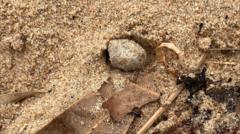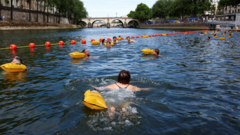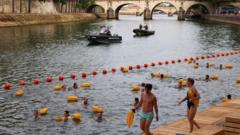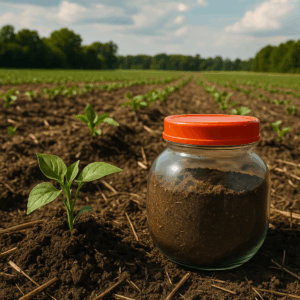Recent findings from the Northern Beaches of Sydney reveal that the mysterious balls, which prompted the closure of nine popular beaches, contain E. coli and other harmful faecal bacteria. Initially spotted on January 14, the city’s Northern Beaches Council confirmed the presence of saturated fatty acids and volcanic rock pumice in these marble-sized contaminants. Following the alarming discovery, the council swiftly dispatched samples to the New South Wales Environment Protection Authority (EPA) for comprehensive analysis in hopes of tracing their origins.
Mysterious Balls Found on Sydney Beaches: Health Hazards Uncovered

Mysterious Balls Found on Sydney Beaches: Health Hazards Uncovered
The discovery of suspicious debris on Sydney's beaches has raised health concerns, triggering beach closures and environmental scrutiny.
The closures are reminiscent of a prior incident last October, when a surge of black blobs closed several beaches, leading to extensive clean-up efforts. The mayor of Northern Beaches, Sue Heins, emphasizes the urgency of the situation, stating, "We hope the EPA analysis will identify the source to prevent future occurrences." She encourages the public to report sightings of these hazardous materials, underscoring the community's role in maintaining beach safety.
The initial wave of debris was quickly misidentified as "tar balls," but investigations revealed a troubling composition of substances, including cooking oils, soap scum, and even illicit drugs. The scientific community suggests these materials might be similar to "fatbergs," typically formed from a mixture of fats and oils in sewage systems. However, Sydney Water has reassured residents that all water treatment facilities are functioning without issues, leaving officials puzzled about the origin of these contaminants.
As further evaluations are pending, the vigilance of the community remains crucial in safeguarding public health and preserving the pristine nature of Sydney’s beloved beaches.
The initial wave of debris was quickly misidentified as "tar balls," but investigations revealed a troubling composition of substances, including cooking oils, soap scum, and even illicit drugs. The scientific community suggests these materials might be similar to "fatbergs," typically formed from a mixture of fats and oils in sewage systems. However, Sydney Water has reassured residents that all water treatment facilities are functioning without issues, leaving officials puzzled about the origin of these contaminants.
As further evaluations are pending, the vigilance of the community remains crucial in safeguarding public health and preserving the pristine nature of Sydney’s beloved beaches.























